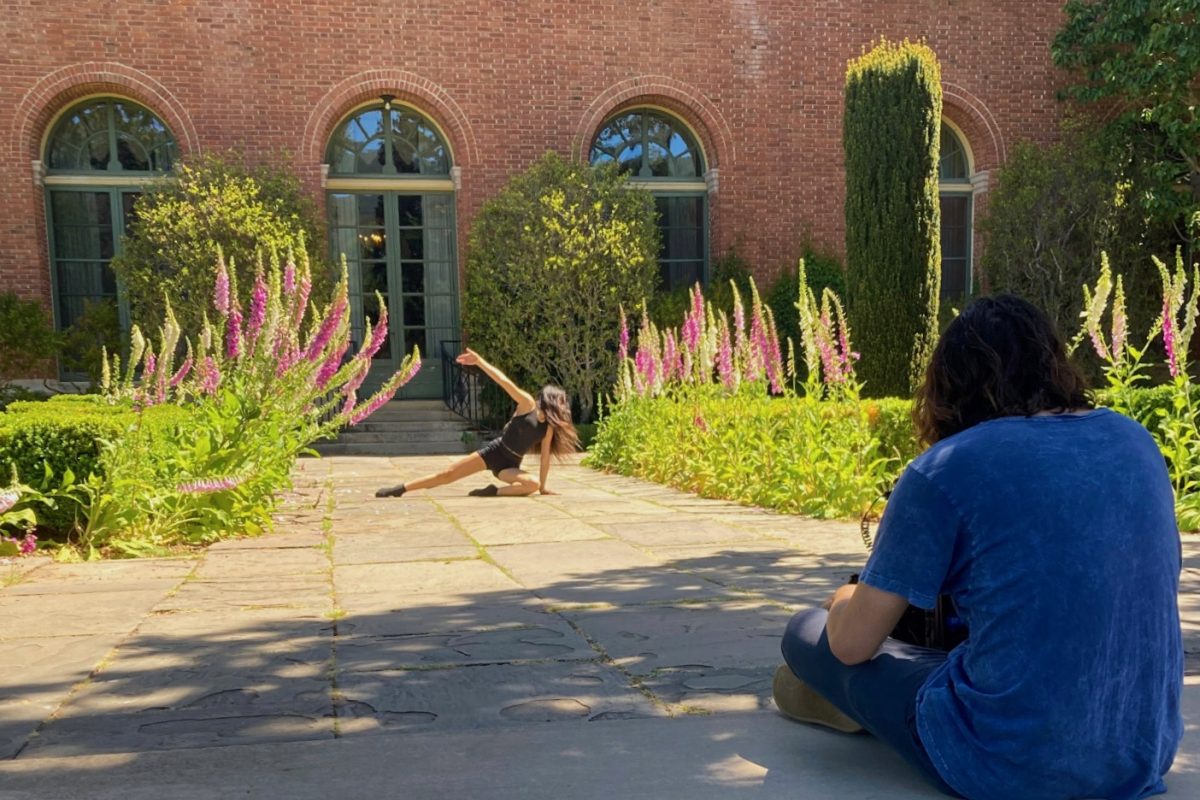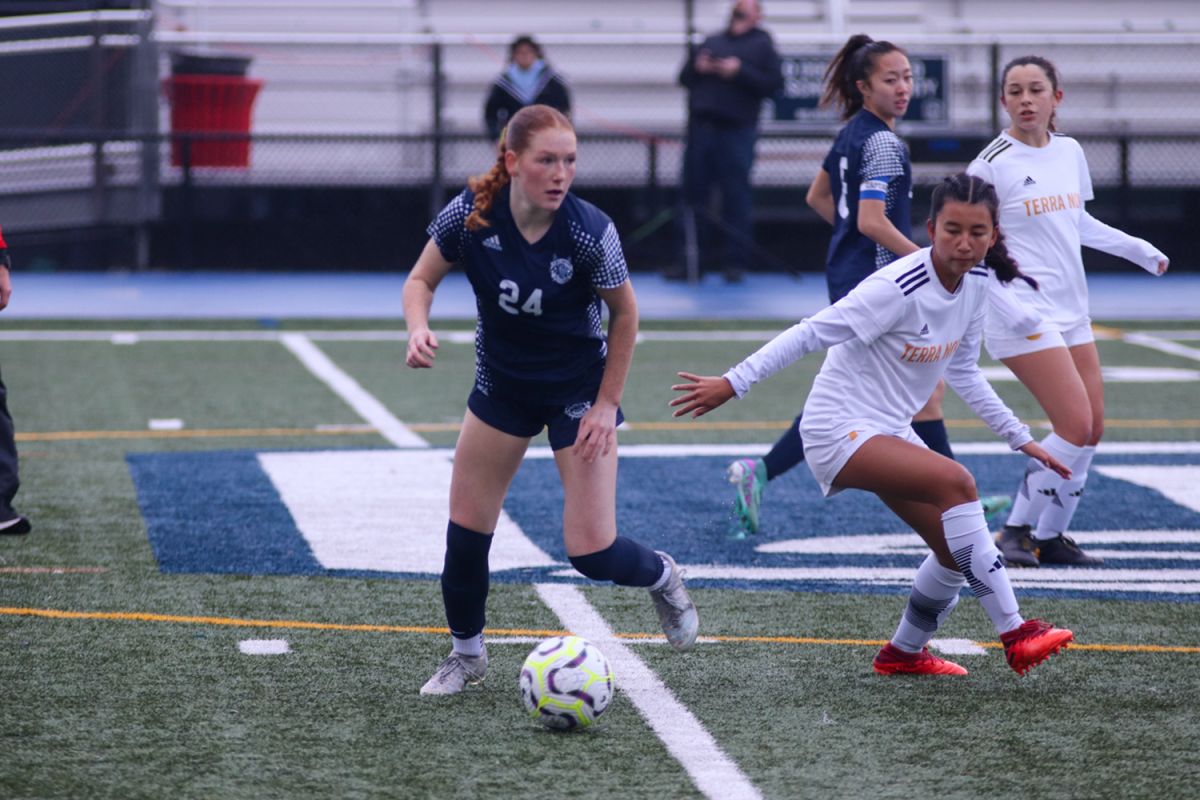What makes a teen ‘break bad?’
She swings the door open as a foul smell resonates from the living room. Her dad is slumped on the brown, stained couch, half-empty bottle in one hand, lit blunt in the other, again. Unbothered, she grabs a blunt for herself, slips back out the door, and walks the cold, empty streets. As she turns the corner, she lights it, and everything around her begins to slip away.
She knows it’s bad for her, but in that moment, nothing else matters. Most teens know the effects of using drugs and alcohol and many schools even provide their students with anti-drug programs that expose students to the effects of drugs and alcohol. Yet, they continue to take advantage of these substances.
Kenichi Takahashi, a Bay Area therapist, believes that even a teen with positive moral values and supportive parents can still turn to drugs. He says that these “good” parents provide their children with a structure to their day by enforcing a daily routine and extracurricular activities.
However, these kids are often pushed to perform well in these areas, and the pressure from their parents may lead them to use drugs as an outlet to escape.
Takahashi said,” [Teens] may feel bored with a good life and seek stimulation externally. They may pretend to be doing well at home and behave badly behind their parents’ backs.”
While teens are scouting for change, curiosity may get the best of them. Peer pressure also plays a significant role in many of their choices, prompting individuals to turn to drugs to fit in or look “cool” among their peers.
For example, e-cigarettes have become popular among teens and young adults. Many of these devices now come in different flavors and at an affordable cost; the most popular e-cigarette is the JUUL.
This USB look-a-like fools many parents and teachers, as it can be plugged into a laptop to charge. Likewise, a teen can easily pull it out during class, take a hit, and blow it out into their sweatshirt without anyone noticing.
The starter pack costs $50, while two pods cost $12.99. Despite its affordable cost and slick design, this device contains a dirty secret: vaping one JUUL pod with 5% nicotine is the equivalent to smoking a pack of cigarettes, according to the Truth Initiative.
Aside from peer pressure and popularity, Takahashi also emphasizes the fact that if parents don’t provide their child with consistent attention, it may lead them to use or even abuse substances. If the teen’s parents use drugs or alcohol, the teen may think that it is normal for these substances to be used.
“Some teenagers’ parents or caregivers are not available physically, mentally, or emotionally for their children. It may be due to their work, relationship issues, drug use, or mental health issues. They can’t monitor their children on how they are doing at school, at home, and with friends,” Takahashi said.
With a lack of attention, these kids struggle to identify the difference between what is wrong and what is right. As a result, they may lean toward their peers for support.
Takahashi said, “They may start to feel abandoned by their parents, which encourages them to seek peers to feel more connected and find people who will pay more attention to them.”
In addition to finding a crowd to belong in, teens with mental health issues can also choose turn to different substances to compensate for the struggles they are going through.
Sarah Cambridge*, a sophomore, has previously used drugs and alcohol, as both of her parents had an alcohol dependency and her older brother smoked. With this as her daily environment, she soon got caught in the loop of regular substances use.
The first time she tried it, she was quickly removed from her worries and family complications.
“I mean, it makes you forget for a minute. Everything around you goes on, and you’re not in it,” Cambridge said.
By the time Cambridge was 13, she was locked up. Though she didn’t feel comfortable going into detail on this event, she did add that it was the moment when reality hit her.
Cambridge said, “Teens in the facility say that they don’t care about getting locked up, but they do because once you’re in that room, alone, it hits you. You have nothing. That’s when you realize you messed up.”
Once teens like Cambridge recognize the damage that they’ve incurred, there are many options for them to find help. For instance, going to talk to school counselors or therapists can be a good start. They can then find external resources such as outpatient treatment centers, inpatient rehabs, and mental health services.
Takahashi recommends that teens call the Access Program. This program can help individuals get referred for the appropriate services.
With the help of such services and treatment centers, Cambridge worked with different groups to gain sobriety. Cambridge said that coming back to school after living two years in a different system was a difficult adjustment. Now that she is back, she doesn’t know what to do with herself.
“That’s why I just kind of keep to myself at this school. I’m quiet, and I have a few friends here. But in class, I keep to myself,” Cambridge said.
Having support through times of rehabilitation is crucial to a teen’s recovery. Cambridge’s most prominent supporter during her rough times was her best friend.
Takahashi encourages friends and family to learn what substance dependency is, the process of rehabilitation, and the stages of recovery to create a reliable support system for teens struggling with substance abuse. Setting ethical boundaries, as well as remaining understanding, is essential.
Teens may fail rehabilitation or relapse, but this is a learning process for both the families and the teens. These kids will learn a memorable life lesson that will benefit them in the future, while this experience may allow parents to improve their parenting skills and help them get to know their child better.
As a parent, it is vital to accept the situation and provide support. It is discouraged to blame the child for their behavior. The parent should find out where their child is in the process and learn whether their teen wants to stop using drugs or not. It’s up to the teen to make his or her own decisions.
Cambridge was willing to share her story to help others going through similar scenarios. She has been on a roller coaster that hasn’t come to a stop just yet, and continues to work to find her place at school and within society.
Cambridge said, “Once you hit rock bottom, you need to get up and start going again.”
*Due to the sensitive nature of the content, this name has been changed to protect the anonymity of the source.

































